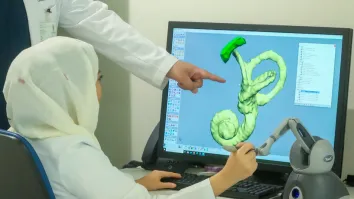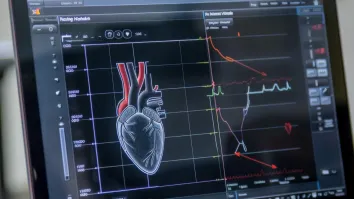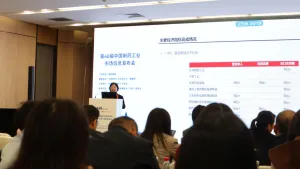
Global structural heart devices market to hit $22.16b by 2029
This is due to the increasing prevalence of CVD and metabolic disorders.
The global structural heart devices market, valued at $13.75b in 2023, is projected to grow to $22.16b by 2029, with a CAGR of 8.28% from 2024 to 2029, according to a report by ResearchAndMarkets.com.
The market is expanding due to the increasing prevalence of cardiovascular diseases (CVD) and metabolic disorders, particularly in developing countries.
Structural heart devices are used to diagnose and treat abnormalities in the heart’s structure such as heart valve diseases and congenital defects.
Rising rates of coronary artery disease, heart failure, and chronic kidney disease are expected to drive further growth. Additionally, an aging population, growing congenital heart disorders in infants, and rising risk factors like obesity and hypertension are boosting demand. Modern lifestyle factors such as sedentary behavior, unhealthy diets, and stress are also contributing to the global rise in heart-related health issues.
The market is segmented by product type, procedure, and end-user. The largest product segment is heart valve devices, driven by the rise in heart valve diseases such as calcific aortic valve disease and the growing adoption of transcatheter aortic valve replacement procedures.
The occluders and delivery systems segment is the fastest growing due to the increasing prevalence of congenital heart defects and the success of these devices in clinical settings.
In terms of procedure, replacement procedures dominate the market. This segment is growing due to the rising incidence of valvular heart diseases, advancements in cardiac surgery, and the use of minimally invasive techniques.
Moreover, robotics in surgery has also improved the precision of replacement procedures. By end-user, hospitals are the largest and fastest-growing segment, benefiting from high patient volumes, specialised cardiac care, and favorable reimbursement policies.
Regionally, the Asia Pacific market is expanding rapidly, driven by a higher prevalence of cardiovascular diseases, increasing healthcare access, and better awareness of heart health. China is the largest market in the region, supported by a growing middle class, expanding healthcare infrastructure, and a focus on cardiovascular health.



















 Advertise
Advertise





